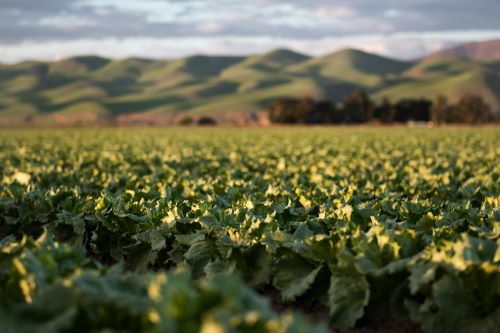


oday’s modern farming techniques integrate advanced chemical solutions to meet increasing demands efficiently.
Glyphosate is one of the most widely used herbicides in agriculture. It is known for its broad-spectrum effectiveness and controls various weeds by inhibiting a specific enzyme pathway essential for plant growth. Farmers prefer glyphosate because it works on annual and perennial weeds, making it an indispensable tool in crop management.
Its versatility extends to various farming systems, including no-till agriculture, where it helps manage weed growth without disturbing the soil. However, concerns about glyphosate resistance in weeds have led to the developing of integrated weed management strategies to maintain its effectiveness.
Chlorpyrifos is an organophosphate insecticide widely used to control insect pests in crops like corn, soybeans, and fruit orchards. It disrupts insects’ nervous systems, providing rapid and effective pest control. Farmers rely on chlorpyrifos to manage pests resistant to other insecticides, making it a valuable component of integrated pest management programs.
Fungal diseases can devastate crops, causing significant yield losses. Mancozeb is a popular fungicide that prevents and controls fungal infections in fruits, vegetables, and grains. It creates a protective barrier on plant surfaces, preventing fungal spores from germinating.
Mites are microscopic pests that can cause extensive crop damage by feeding on plant tissues and transmitting diseases. Abamectin is a potent miticide that targets various mite species, providing long-lasting control. It works by affecting the nervous system of mites, leading to paralysis and death.
Farmers use abamectin in greenhouse and field settings, particularly in high-value crops like fruits, vegetables, and ornamental plants. To improve its adhesion to plant surfaces and enhance its effectiveness, many farmers incorporate the NB-80 sticking agent, ensuring the chemical remains active even under challenging weather conditions.
Nitrogen is a critical nutrient for plant growth, and urea is one of agriculture’s most widely used nitrogen fertilizers. It contains a high concentration of nitrogen (46%) and is easily absorbed by plants, promoting vigorous growth and high yields.
Atrazine is another powerful herbicide commonly used to control broadleaf weeds and grasses in crops like corn and sugarcane. It works by inhibiting photosynthesis in susceptible plants, effectively suppressing weed growth without harming the crop.
“The health of soil, plant, animal, and man is one and indivisible.” – Lady Eve Balfour
Potassium nitrate is a water-soluble fertilizer that provides essential potassium and nitrogen, both crucial for plant development. It enhances fruit quality, improves drought resistance, and supports plant health.
Copper sulfate serves multiple purposes in agriculture. It is a fungicide, bactericide, and soil amendment. It effectively controls fungal diseases like downy mildew and bacterial infections in fruits, vegetables, and ornamental plants.
Carbaryl is a carbamate insecticide known for its broad-spectrum activity against various pests, including beetles, aphids, and caterpillars. It works by inhibiting enzymes essential for nerve function in insects, leading to rapid pest mortality.
Sulfur is one of the oldest agricultural chemicals, valued for its fungicidal properties and role in soil health management. It effectively controls powdery mildew, rust, and other fungal diseases while also correcting sulfur deficiencies in the soil.
What are agricultural chemicals, and why are they essential in farming?
Agricultural chemicals include herbicides, insecticides, fungicides, miticides, and fertilizers used to protect crops, manage pests, and improve soil fertility. They play a crucial role in enhancing crop yields and ensuring food security.
Are agricultural chemicals safe for the environment?
Agricultural chemicals can be safe when used correctly and according to recommended guidelines. However, improper use or overreliance can lead to environmental issues such as soil degradation, water contamination, and harm to non-target species.
How do farmers reduce the negative impact of agricultural chemicals?
Farmers adopt integrated pest management (IPM), precision agriculture, and eco-friendly alternatives to minimize chemical usage and reduce environmental impact.
What’s the difference between herbicides, insecticides, fungicides, and miticides?
Rather than viewing agricultural chemicals solely as tools for pest control or fertilization, consider them part of a broader system supporting sustainable farming. The future of agriculture lies in balancing chemical use with ecological practices, innovative technologies, and a deep respect for the environment.
